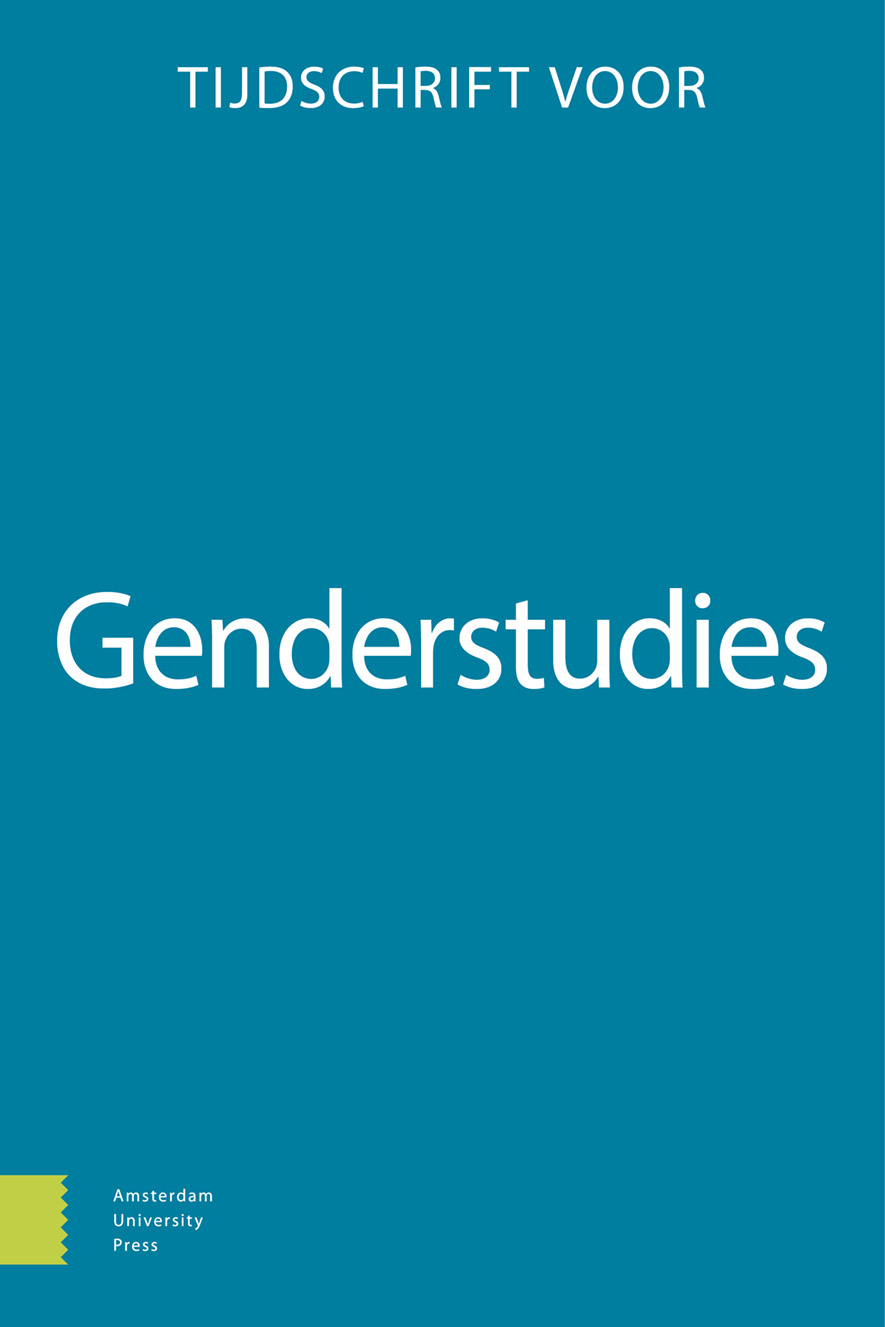-
OAHand-out: Rethinking coming out in Flemish audio-visual culture
- Amsterdam University Press
- Source: Tijdschrift voor Genderstudies, Volume 23, Issue 4, Dec 2020, p. 337 - 353
-
- 01 Dec 2020
Abstract
Bavo Defurne’s film Noordzee, Texas (2011) provides a unique cultural object with which to re-examine the discourses concerning queer representation in Flemish audio-visual media, the normative acceptance of the Flemish LGBTQ+ community, and the importance of coming out narratives. Vanlee (2019) and Vanlee, Dhaenens, and Van Bauwel (2020) argue that the banal representations of queer identity in Flemish television has privileged normative discourses about both sexuality and Flemish identity. In the film, coming out both takes place and never occurs. The deathbed scene presents coming out as a moment of disorientation from the normative. Sara Ahmed’s (2006) concept of disorientation is employed as a tool to help develop a pluralistic definition of coming out that takes into account the endless repetition and adaptability of the act in practice. The scene illuminates the vulnerability of conventionally saturated notions of coming out, being out, and gay identity. The film’s narrative, and its Flemish roots, serve as analytical tools to help better understand how coming out can be enacted in a manner that forces the audience to re-evaluate how identities are formed and adopted.


